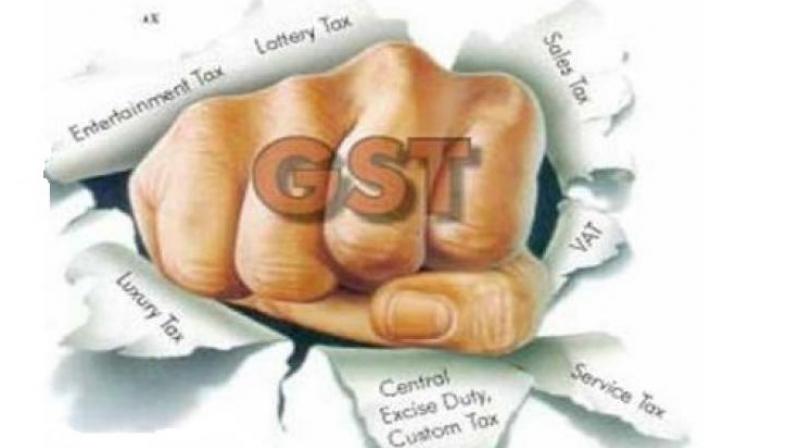GST rates go easy on items of middle class
Most items taxed at 5%; experts see no impact on prices.

Hyderabad: The GST Council — the apex body on Goods and Service Tax — on Thursday did a fine balancing act by exempting all daily necessities from the indirect tax, while levying five per cent tax on items of mass consumption. According to chief economic advisor Arvind Subramanian, “The modified proposal should bring prices down. I don’t think there is any fear on inflation because six per cent goes to five per cent. A few products move from 26 to 28 per cent but many go from 26 per cent to 18 per cent.”
“On average,” he said “this should probably serve to lower inflation. If at all, the impact on inflation will be very small. Today’s change should probably bring it down.” Experts claim that the four rate structure of five per cent, 12 per cent, 18 per cent and 28 per cent is on expected lines. In most countries, GST has a single rate and single tax jurisdiction in an attempt to ease tax compliance and plug loopholes. However, India could not emulate the standard GST structure as a higher uniform tax could fuel inflation in the short term. The implementation of GST has also been politically disastrous for ruling parties due to the rise in inflation caused by GST.
Sandeep Chilana of Shardul Amarchand Mangaldas said: “While the present approach is a departure from international practice of single GST rate, this collaborative and consultative approach should successfully address the peculiar social, political and economic complexities in India.” Rajeev Dimri, Leader, Indirect Tax, BMR & Associates LLP said though zero rating of necessities is a welcome news, the actual benefit to consumer will depend on the items included in this category.
“Limiting the zero rating to food grains or agri products may not lead to any significant reduction on tax costs for the consumers,” he said. “Lower rate of 5 per cent for items of mass consumption along with zero rated tax structure for essential commodities would make GST less regressive and pocket friendly for common man.” Also, tax costs might even go down for commodities to be taxed at 5 per cent provided the credits on procurements are fully allowed.
While the lists are yet to be rolled out by the GST Council, all essential commodities and services, including education and health care should feature in the list of special concessional rate of 5 per cent (if not zero rated). “The inflationary imp-act on standard rated commodities should be minimal but services may become dearer by getting pushed to 18 per cent slab,” he said.
A uniform tax rate of 18 per cent for services under GST, however, could increase the cost of services across the board by 3.5 per cent as the current service tax under the existing tax regime is 14.5 per cent.
While the goods will have a multiple rate structure, no clarity is provided on rates applicable to services, said Prashant Deshpande of Deloitte Haskins & Sells. “Hopefully there will be a single rate structure.” ClearTax.com CEO Archit Gupta said a lower rate could result in wider coverage which is the primary objective of GST. “A lower rate could also lead to more spending hence a buoyant economy, leading to a beneficial environment for business,” he said.
Mr Deshpande said in lowering the rate on common use items from expected six per cent to revised rate of five per cent, the interests of common man seem to have played a key role. It would be interesting to know what the government deems as common use items.
